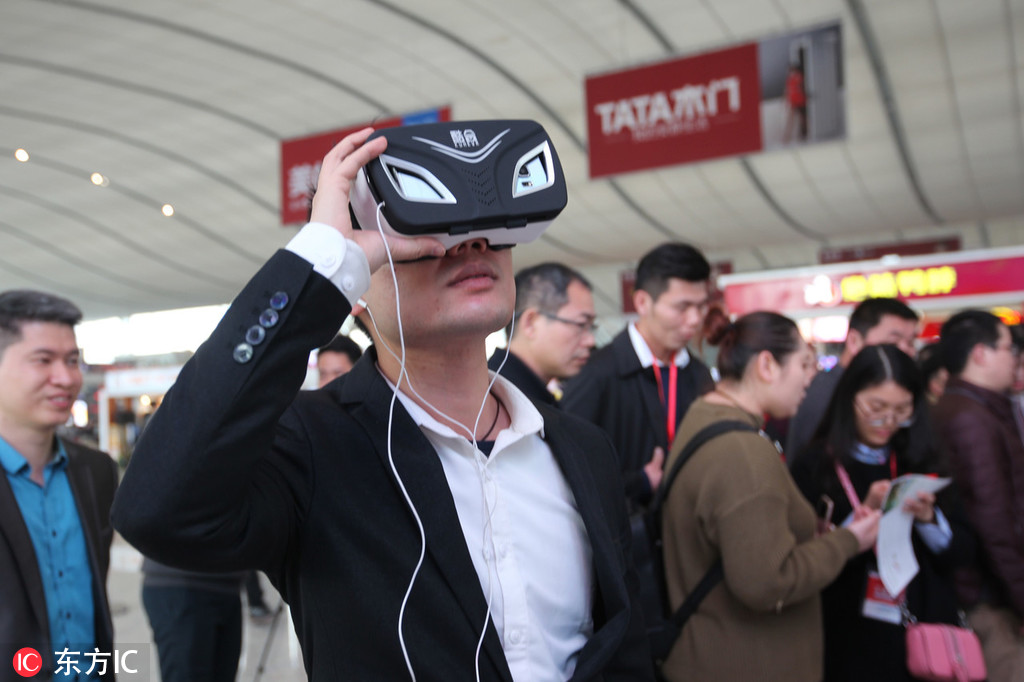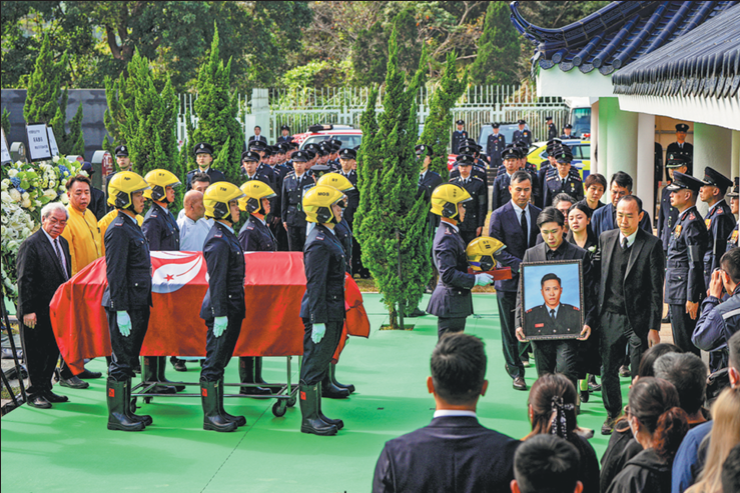Technology eases travelers' Spring Rush journeys
By Chen Xinguang | China Daily | Updated: 2019-02-15 07:28

During this year's Spring Rush (or chunyun), which started on Jan 21 and will end on March 1, Chinese people are expected to make about 2.99 billion trips. This is equivalent to relocating the entire population of Africa, Europe, the Americas and Oceania in 40 days.
That China successfully manages the largest mass migration in the world shows the Chinese economy remains vibrant and the country is moving toward overall prosperity. According to statistics from relevant departments, China's total passenger transport capacity, including the railways, waterways and civil aviation, during the 2019 chunyun is expected to increase by more than 5 percent over last year's. Which means China's transportation authorities have made great efforts to optimize and improve passenger transfer services.
For passengers' convenience, the authorities are widely applying smart and information technologies to promote closer cooperation among the railways, civil aviation and road networks, and strengthen the links among different transport modes, in order to provide the passengers with better "last-mile" services.
Hainan Island Circular High-Speed Railway has taken the lead in piloting e-ticket rail travel. The Hainan railway project is aimed at replacing paper tickets with e-tickets, and making identity cards or certificates the travel voucher, in order to establish a self-service entrance and exit, and self-service ticket change and refund mechanisms.
A smart VR navigation system was launched at Shangrao station in East China's Jiangxi province on Jan 21. Shangrao is the country's first vertical straddling high-speed railway station, where passengers can directly transfer from one high-speed train line to another by scanning the QR code under the guidance of a passenger steward. Face recognition technology, too, is being used to shorten passengers' check-in time.
With such technologies, a passenger only needs to get the ticket scanned with the QR code side up and insert his or her second-generation identity card into the slot of the self-service real-name ticket verification machine, and then look into the installed camera to complete the entry procedure in just three seconds.
Besides, some airports have applied "paperless boarding" technology to make the boarding process smoother for passengers. Self-service check-in and electronic registration card scanning machines have been installed at 229 airports across the country, and 32 large airports have made the entire procedure of check-in, security check and boarding electronic. Some airports have even begun video monitoring outbound luggage to prevent the loss of luggage.
Also the introduction of Internet Plus mobile intelligent application to locate mother-and-baby rooms has made travel and transfer easier for mothers with infants or young children.
New and innovative technologies are being used not only for passengers' convenience, but also for reducing road congestion. Given that the traffic flow of the road network is likely to increase by 6 to 7 percent and the traffic flow on expressways will increase by 9 to 10 percent to reach about 1.18 billion vehicles during the 2019 chunyun, the traffic authorities have taken targeted measures to strengthen coordination with the public security department, and upgrade toll station traffic management and improve vehicle flow.
Since passengers nowadays have higher requirements when it comes to long-distance travel, the authorities have taken measures to provide more detailed and considerate services for this year's chunyun, from improving sanitation in toilets at railway stations, to offering tailored procedures and services for passenger from the Hong Kong and Macao special administrative regions and Taiwan, to earmarking special waiting areas near the departure gates of some airports where children can play and read.
To make traveling during chunyun smoother and more efficient, the railway department has taken a number of new service initiatives to enrich the railway information service. By using WeChat, SMS and its official app to send ticket purchase notices and schedule reminders to passengers, the railway authorities have also introduced services that provide information on any changes in a train's route or passengers' seats, and delays.
In order to improve the service capacity for special groups, the civil aviation department has taken measures to extensively introduce a preferential ticket purchase system for disabled military personnel or police officers through the internet, improve the installation of barrier-free facilities and equipment, and optimize the service items such as priority passage for military personnel in accordance with the law.
Moreover, to ensure smooth traffic on roads and expressways, the traffic authorities have taken measures to more strictly monitor road network operations and release real-time traffic information on important passageways and key nodes. And for the good of the people who drive home for Spring Festival, the authorities continue to offer a seven-day free access policy for small passenger cars during the Lunar New Year.
The author is a researcher at the Chinese Academy of Social Sciences and a guest researcher at the Center for China and Globalization.
























